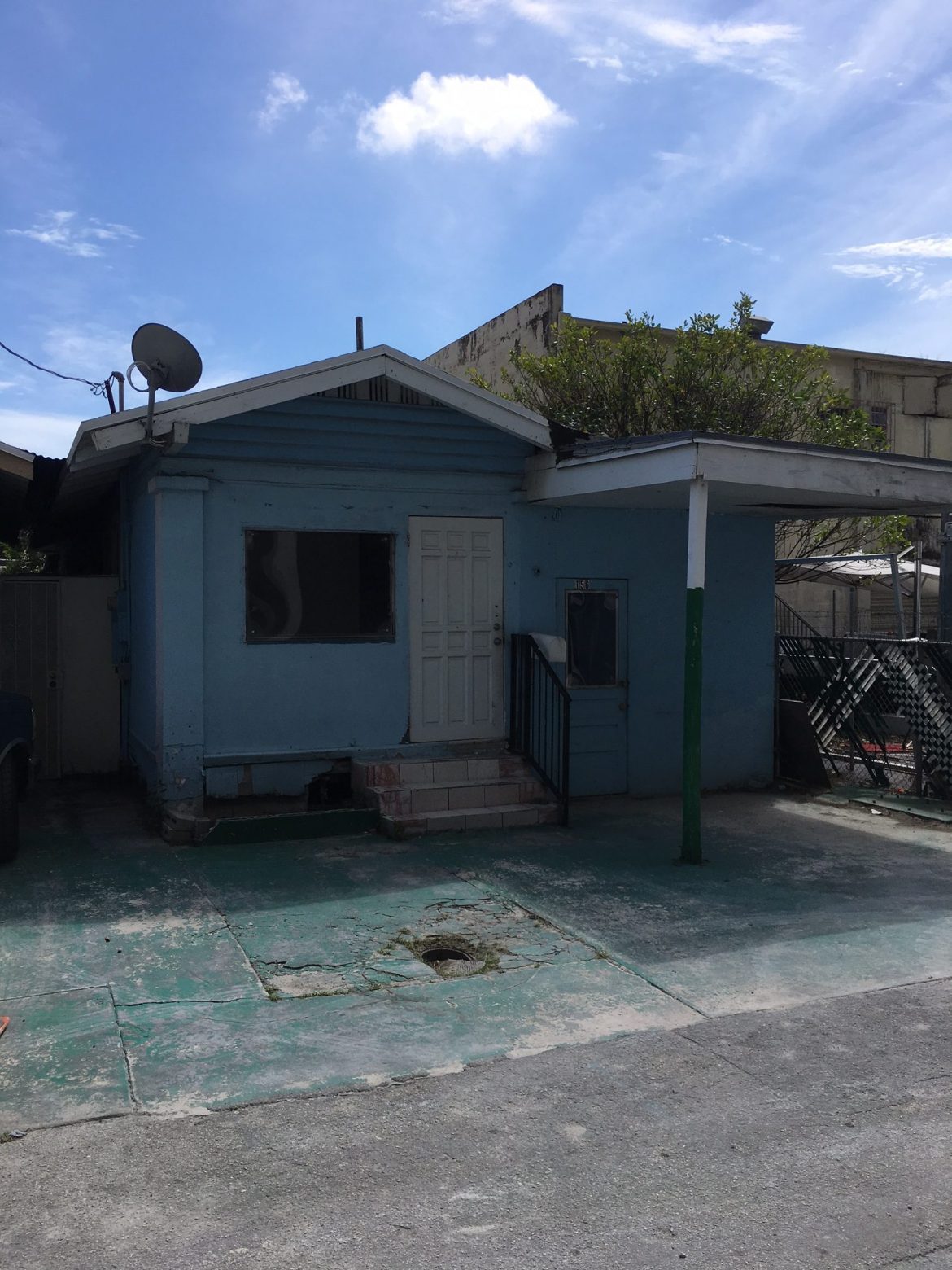
A population increase of foreign-born and northerners is influencing real estate in South Florida.
About 94 new people a day moved to Miami-Dade, Broward and Palm Beach counties from July 2017 to July 2018, most of them from out of the country. Meanwhile, about 58,000 Floridians over the course of the year moved to another state, according to data compiled by Bloomberg and the U.S. Census Bureau.
The Bloomberg study credited the loss of locals in major metro areas to pricey real estate and tax law changes.
“Northerners and foreigners coming down here, that’s going to drive prices,” said Kevin Morris, a senior director for Colliers International Affordable Housing division.
Developers continue to see an international clientele, especially those from Latin America, moving to the Magic City.
“Latin American economies are not in a good place but you can expect the elite to find the right liquidity that would be required to move abroad,” said Marcelo Kingston, developer and managing director for Multiplan Real Estate Asset Management.
High-earning professionals able to work from anywhere also are moving to South Florida from Connecticut, Massachusetts and New York.
The influx of northerners is reshaping development strategies in two ways, he said.
First, it forces Kingston’s team to build for someone putting down roots.
“We see Miami as a final destination,” he said. “When we position ourselves, we try to find well-established communities in Miami Beach.”
Second, northerners are looking for interior upgrades such as fancy flooring and cabinetry.
In the case of the condo 57 Ocean at 5775 Collins Ave., Kingston said: “As the developer, you need to be flexible in customizing the right upgrades” that a permanent resident would want.
“Design has to be in the right mindset towards meeting those needs,” he said.
The affordable housing market will also benefit from the population changes. The number of renters will grow as it becomes harder for the middle class and blue-collar workers to buy. Vacancy rates will drop and rents will increase, Morris said.
“From an affordable developer’s perspective if there’s an increase in rent levels it helps them because they are going to be able to charge more rent for their properties,” he said. “The developer will reap a benefit in the market increasing in rental value.”
Increased rents in affordable housing options will still be cheaper than what else is on the market since rent is based on an area’s median prices.
So, how could offering affordable housing benefit a developer?
Take an average $1,000 monthly rent in a market as affordable property, it’s marketed at 60% of that rent, or $600. If the median rent increases to $1,200 in the area, then affordable-property owners can charge $700. So, “from an affordable housing owner’s standpoint, higher rent is actually a good thing,” Morris said. And that could mean more affordable housing being made available.
The predictions for affordable housing may mean a brighter tomorrow but, for now, Floridians are looking elsewhere as rent and the cost of living inch higher. Over half of Miami’s population, 70%, are renters, according to research by Florida International University’s Jorge M. Perez Metropolitan Center. And a good chunk of the population spends over 30% of their paychecks each month on housing, which is more than what’s recommended for housing costs.
It costs a family of four about $85,000 a year to live in Miami-Dade County, according to the Economic Policy Institute’s Family Budget Calculator. And wages aren’t keeping up.
“What I’ve seen now is that some Floridians might be leaving because the cost of living has been growing a lot,” Kingston said.
The lack of available affordable housing is such a concern that Metropolitan Center’s AICP Associate Director Ned Murray’s team is trying to solve it with an affordable housing master plan.
“The two big factors: How much are you going to get paid and where are you going to live? They are getting more difficult even for people looking to move here when you look at wages versus housing costs,” Murray said.
The mid-market is the one area in South Florida not expected to see much growth.
“That’s going away for the most part,” Murray said. “From the developer’s standpoint, they are having a hard time building at that mid-market because of the price of land and the scarcity of land that would be ideal for new housing construction for that mid-market.”
The median purchase price of a home, about $350,000 in Miami, is not affordable to 85% of all city households, Murray said.
“Miami is becoming expensive to raise a family,” said resident Mary Snow, executive director of the Coral Gables Community Foundation. “Could we move to Vero Beach or the Carolinas and live more cheaply? Yeah. And we’ve had a lot of friends do that.”
“But,” she said, “this is home.”
Besides family close by, jobs, and being second- and third-generation Miamians, the Magic City’s amenities and culture also keep Snow and her husband here.
“We always have people that move away and come back. I hope we continue to see that,” Snow said.
Real estate broker and EWM Realty International President Ron Shuffield is not concerned that the population changes will hurt the real estate market: “The community will continue to grow. Will it continue to grow with people born here? Not necessarily, but it can.”
Real estate, regardless of who is buying, is being sold and transactions are expected to continue.
“We’ll always have people moving in and out,” he said. But “we’re selling property” whether it’s through exchanging currency or welcoming someone from South Carolina.
Source: Chicago Tribune
